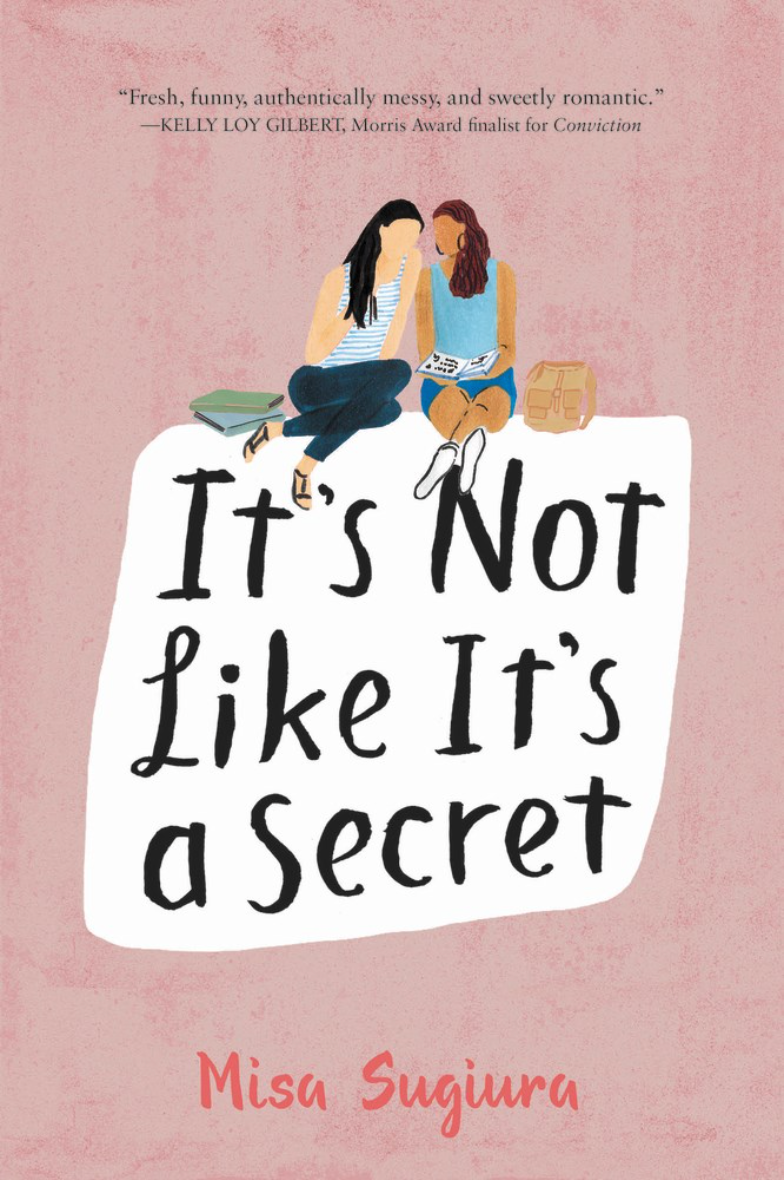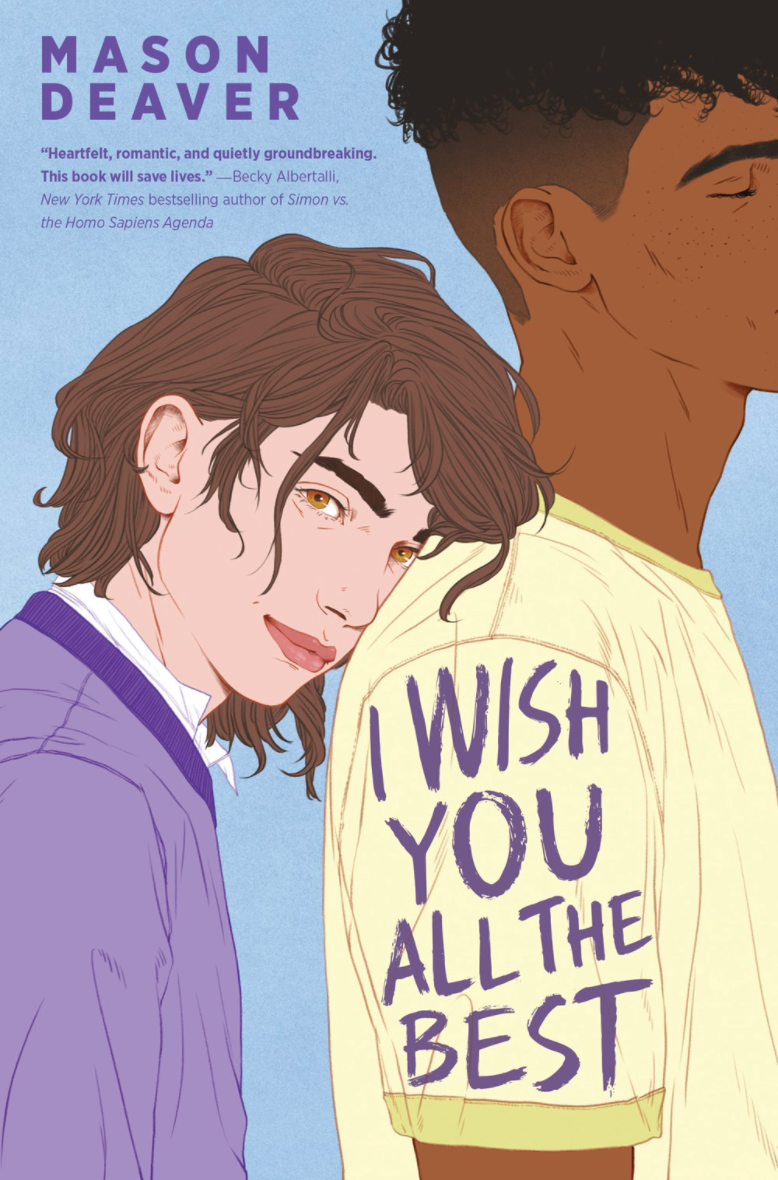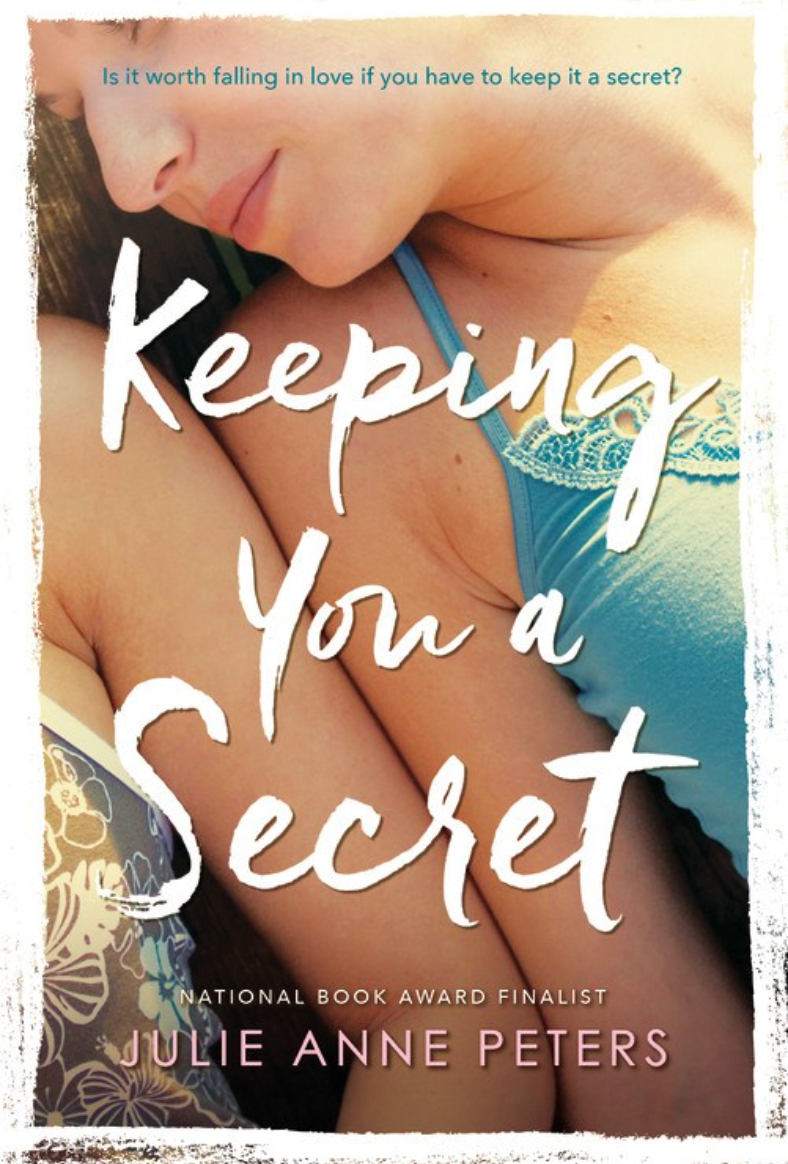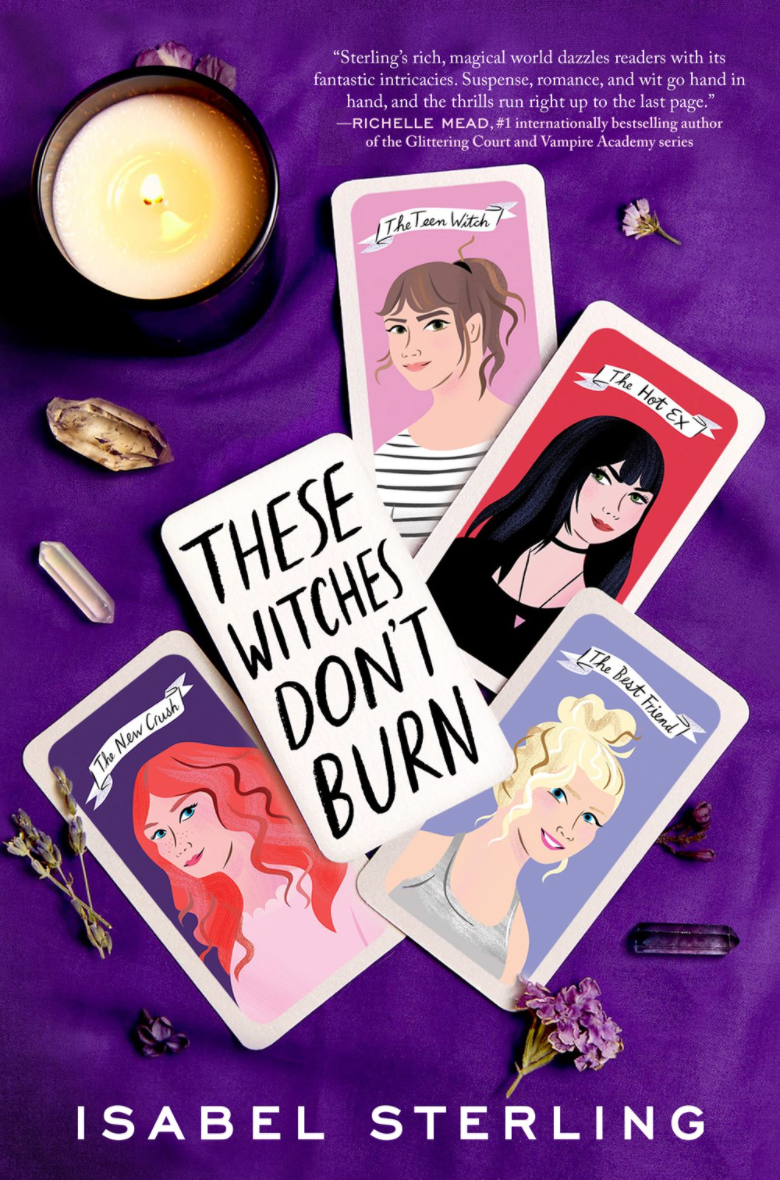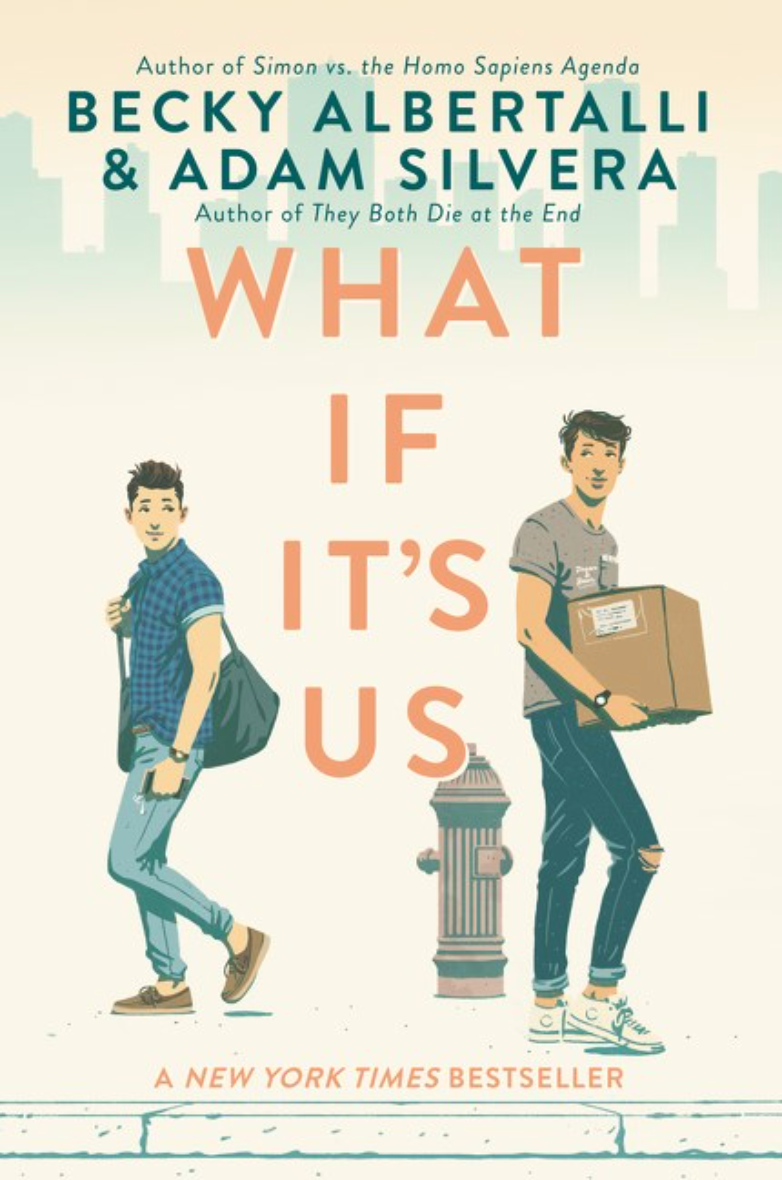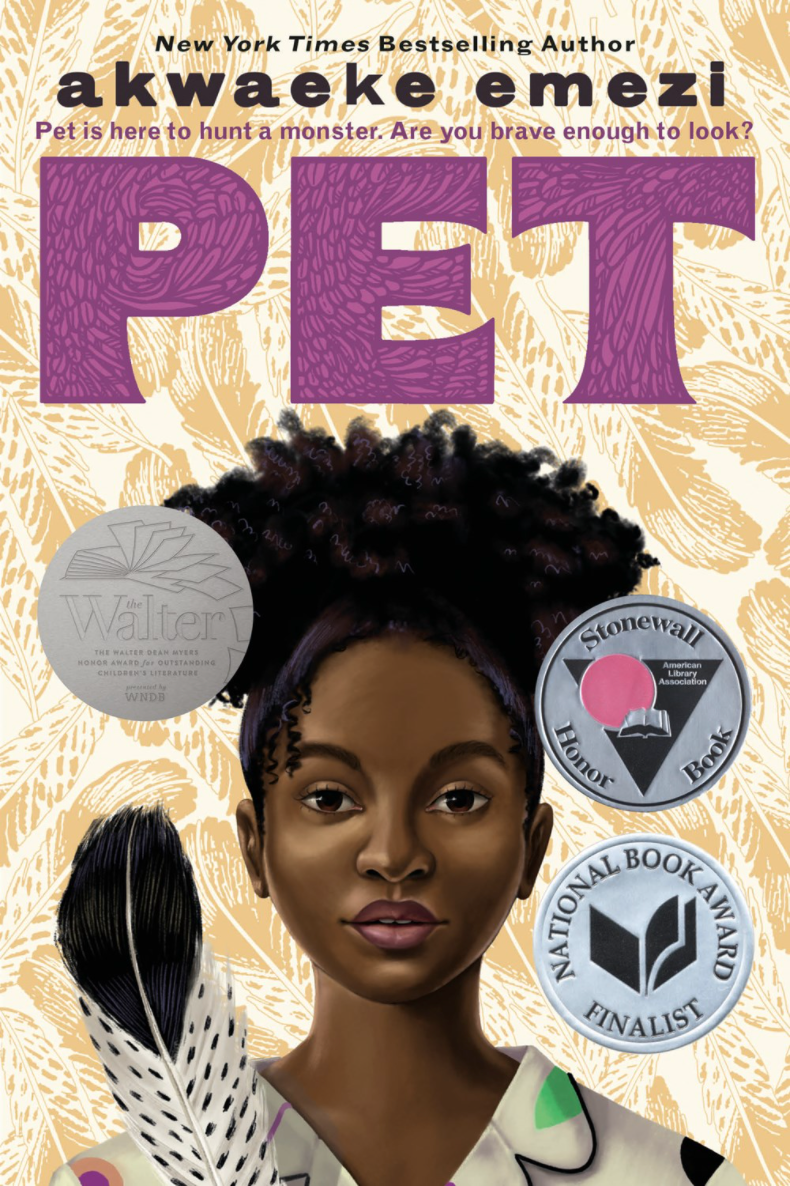Pride Month: More than Rainbows
Jennifer EppingRainbow flags fly, the face tattoos are at Target, and every brand around has brightly colored versions of their products. Oreo, Nike, and Disney go rainbow, while Skittles goes colorless in solidarity for Pride Month.
While October is considered LGBTQ+ History month, the United States honors June as Pride month because the Stonewall Uprising took place in Manhattan in June of 1969. The Stonewall Uprising was a turning point in the Gay Liberation Movement, signaling queer people to say enough is enough. Pride month exists because the LGBTQ+ community needs it. It’s not to flaunt ourselves in feathers or paint rainbows across our bodies; it’s to raise awareness of the inequality and inequity that we live with every day. As a member of the LGBTQ+ community, I can tell you that, yes, we love Pride—we are proud to be ourselves! But we are also aware of those who use Pride to hate. For our students, whether as a queer teacher or an ally teacher, we need to show our support…
My school is usually on summer break in June, and it bums me out because I would love an opportunity to buy rainbow bandanas or necklaces in bulk from local stores and hand them out to students to spread love in support of their LGBTQ+ friends and classmates. Make it rain rainbow! I just imagine my queer students silently smiling, in awe of the visual support around them. But the great thing about education is: we don’t have to wait for a month to celebrate diversity. We can incorporate it regularly, like the standards and targets we’re required to teach. We can strive to create a diverse set of literature, experts, scientists, and historians in our lessons.
Step one in showing support is easy: grab an ally sticker or equality sticker from the Human Rights Campaign and display it on your laptop or door window. This small gesture shows queer youth they are in a safe space.
After that, understand that representation truly does matter! Incorporate queer authors, stories, books, and poetry into the curriculum any time of the year. (I have your back—see some titles below!) Talk with students about the author, and encourage students to explore how the author’s experiences, like all authors, help shape their writing. Find queer characters in literature, and model appropriate responses for when students encounter a line that uses the word “gay,” “lesbian,” “transgender,” or “queer.” Students need to be familiar with these terms and unafraid to use them; it should be a part of their respectful vocabulary.
While incorporating diverse literature is an important part of our curriculum, finding it can be intimidating. A good place to start is to check out a few titles about queer athletes or celebrities students may already know. Clip an excerpt from these titles to fulfill nonfiction reading standards. Check out One Life by Megan Rapinoe, Women’s Soccer World Champion, where she discusses her career, her decision-making process to come out, her reasoning to be the second athlete to kneel during the National Anthem, and the relationships she has built with her teammates (many of whom are lesbian as well).
Another way to create inclusiveness is to provide historical background, providing students context to the important historical events within a text. A Queer History of the United States: For Young People by Michael Bronski sorts through historic periods students already study, but focuses on queer events, people, and landmark cases.
Have a fiction unit coming up? Make it a lit circle and offer LGBTQ+ titles like The Princess and the Fangirl by Ashley Poston and Pet by Akwaeke Emezi. For some added fun, have students read Simon vs. the Homo Sapiens Agenda by Becky Albertalli and then compare it to the Love, Simon movie rendition.
Titles like these can help you take a step forward and celebrate Pride! Read them yourself, offer them to your students in your class or school’s library, and incorporate them into your curriculum. These are just a few ways to help the LGBTQ+ community have representation and feel safe at school.
Check out more book suggestions below, and download a free lesson that can help you incorporate Pride into the classroom!
Have any other suggestions for incorporating authentic LGBTQ+ stories and authors into your classroom? Comment below or share your ideas with us on social media!
Download the lesson below in a convenient pdf to print or save!
Jennifer Epping is a high school English and journalism teacher in Des Moines, Iowa. She has a passion for reading, writing, and making lame jokes to her students just to see them laugh or roll their eyes. She just concluded her ninth year teaching. Epping graduated from Iowa State University with a BS in journalism and mass communication (2010) and BA in English Education (2013). She attended New York University’s Summer Publishing Institute (2010), and spent some time in children’s book publishing in New York.


